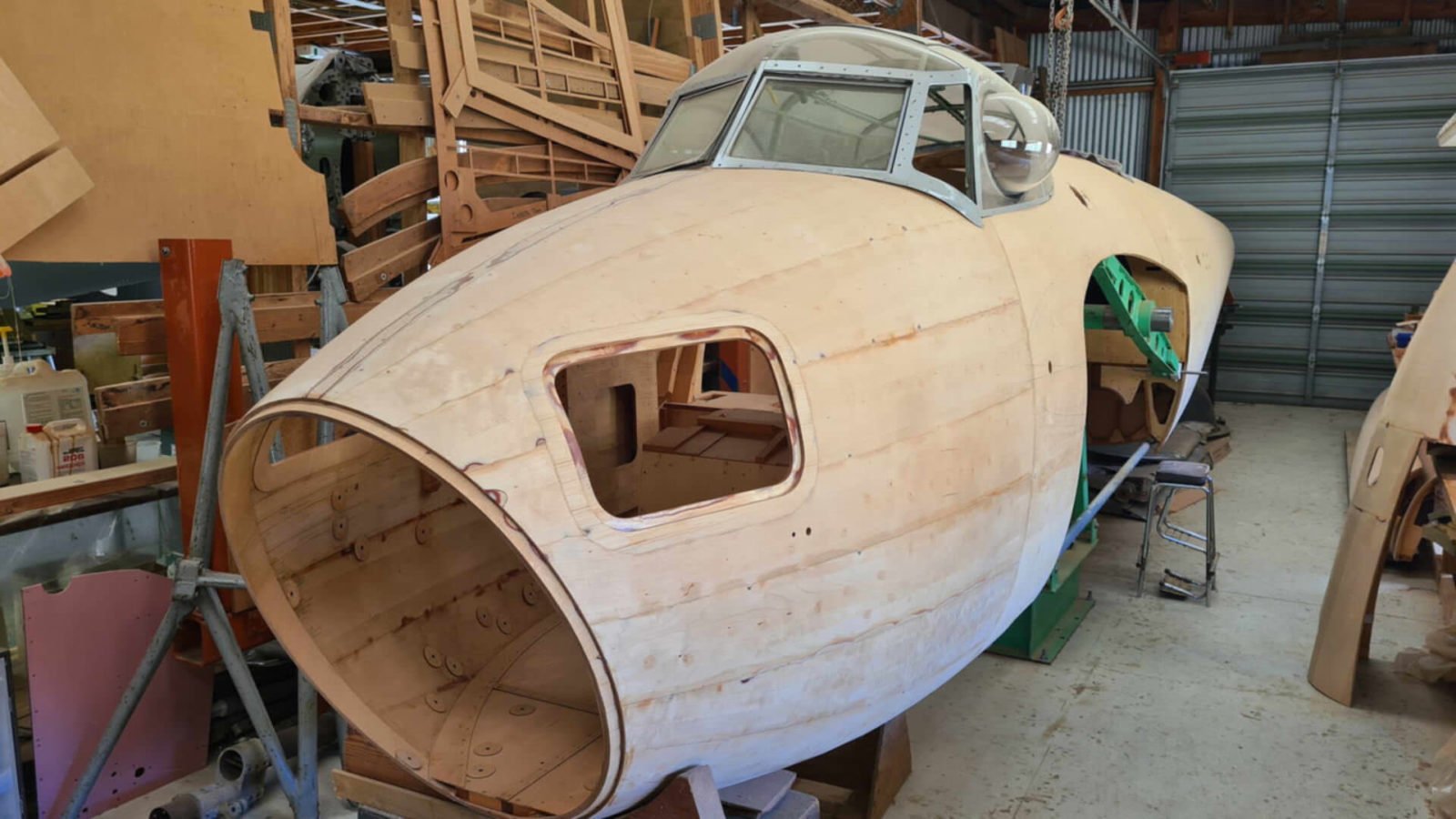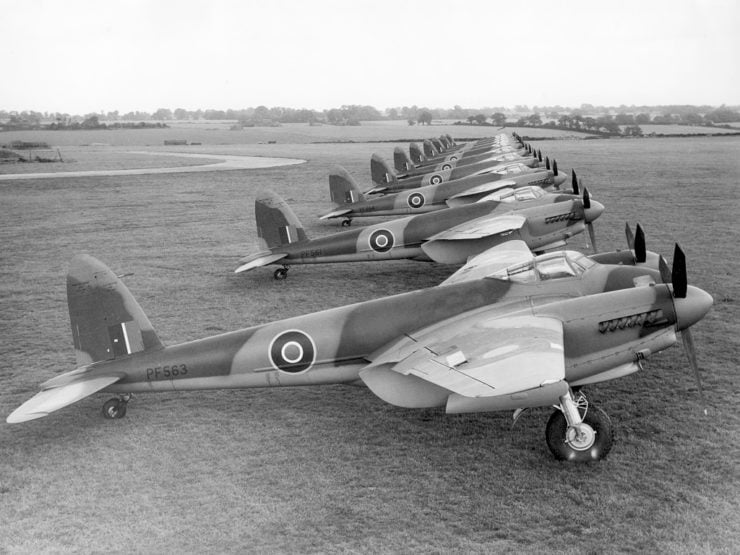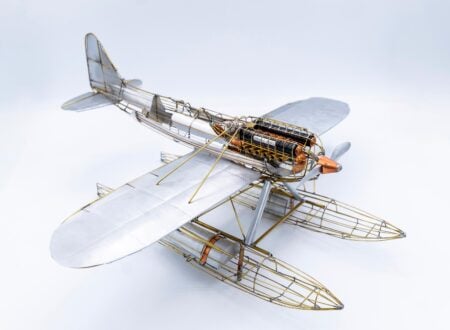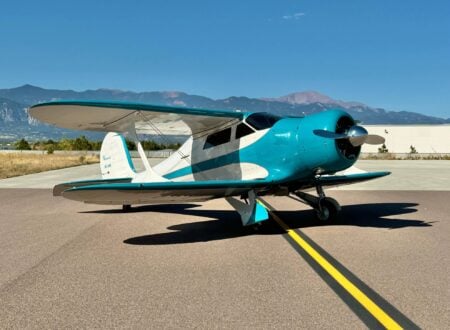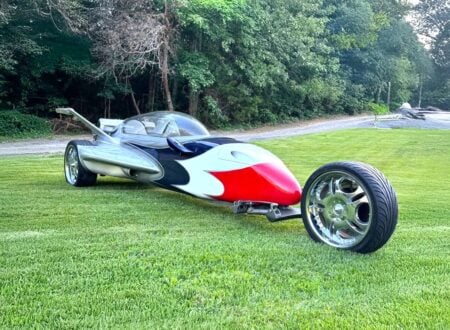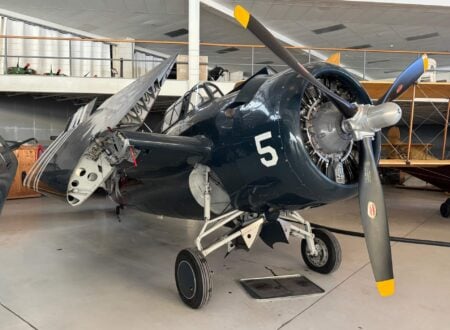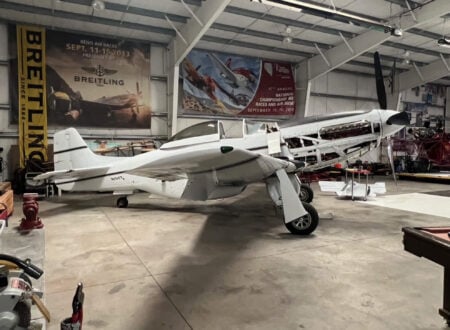The de Havilland Mosquito was one of the most feared Allied aircraft of WWII and certainly one of the fastest – despite its incredible multirole capabilities it was almost never made because the plans called for it to be largely manufactured from wood.
Wood and wood/fabric designs had been almost entirely replaced by aluminum alloy construction – particularly for high-performance aircraft. Despite this Geoffrey de Havilland realized a laminated wood aircraft would be just as strong and it would use very little aluminum in its construction – a tightly controlled wartime material.
Fast Facts – The de Havilland Mosquito
- The de Havilland Mosquito was developed by Geoffrey de Havilland as a twin-engined, high-speed bomber for use by the British Royal Air Force. The aircraft would later be modified to fulfill fighter, fighter/bomber, torpedo bomber, and photo reconnaissance roles.
- Thanks to its twin Merlin V12 engines producing 1,710+ bhp each, the Mosquito was one of the fastest aircraft of its type on either side of the conflict during WWII, with a maximum speed of 415 mph (668 km/h).
- The Mosquito was famously nicknamed “The Wooden Wonder” thanks to its wooden monocoque construction which resulted in it being exceedingly strong, fast to build, and it resulted in very little use of aluminum which was in short supply during the war.
- The 1944 Mosquito you see here is currently being restored in New Zealand back to full flying condition. It’s being offered for sale and will be delivered as a complete aircraft for $6.9 million USD.
Geoffrey de Havilland’s “Wooden Wonder”
Geoffrey de Havilland, the founder of the de Havilland Aircraft Company, was one of the most important aircraft designers and aerospace engineers of his time. He designed both the Mosquito, now regarded as one of the most versatile warplanes ever built, and he developed the Comet – the first jet airliner to go into production.
Above Film: This full-length documentary tells the story of the Mosquito, and it includes war-era footage of them in flight.
In the 1930s, before WWII broke out in Europe and then across the world, de Havilland and his engineering team had designed both the DH.88 Comet racer and the DH.91 Albatross airliner. Both of these aircraft used laminated wooden construction to form a stiff, strong, and lightweight monocoque fuselage and wings.
In 1936, when the signs of an impending war were becoming more clear, the British Air Ministry issued Specification P.13/36 calling for designs for a twin-engined medium bomber with a top speed of 275 mph that could carry up to 8,000 lbs (3,600 kgs) of bombs.
A number of aircraft manufacturers put forward designs including Handley Page, the Avro Aircraft Company, and the de Havilland Aircraft Company. Of all of the submitted designs, the de Havilland aircraft was unique in that it used a laminated wooden monocoque structure rather than aluminum alloy ribs and skin.
There was a lot of pushback on de Havilland’s unusual design, despite the fact that he’d successfully built previous aircraft using the same techniques. One powerful ally that de Havilland had was Air Chief Marshal Sir Wilfrid Freeman, who defended the design time and again, and repeatedly saved it from being cancelled.
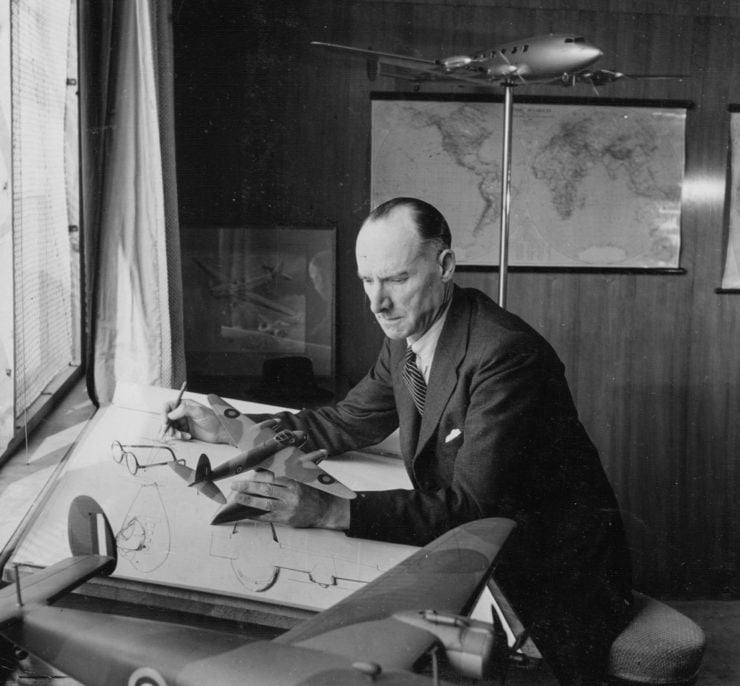

In 1940 an order for 50 Mosquitos was placed for the RAF and when the first planes began to be delivered in 1941 the Mosquito was one of the fastest operational aircraft in the sky anywhere in the world.
“We believe that we could produce a twin-engine bomber which would have a performance so outstanding that little defensive equipment would be needed.” – Geoffrey de Havilland
Over the course of the war the Mosquito would fill a remarkable number of roles, it was used as a bomber in a precision attack against the Gestapo headquarters, and during the tenth anniversary of Hitler rising to power, a Mosquito bombing raid knocked out the Berlin broadcasting station while Hermann Göring was speaking, taking his speech off the air and causing significant embarrassment for the Nazis.
The 1944 De Havilland Mosquito Shown Here
This 1944 De Havilland Mosquito is currently 50% of the way through a restoration back to fully operational condition by the team at Avspecs based in Auckland, New Zealand.
There are very few companies left in the world that can perform the work necessary to bring a Mosquito back to life, the aircraft you see here is having an entirely new laminated wooden body built – an exceptionally specialized task in and of itself.
The twin Rolls-Royce Merlin 25 V12 aero engines will be rebuilt by Vintage V-12s back to zero hour condition, and all the other parts will either be restored from the original aircraft or built from scratch to original condition.
This aircraft, Mosquito DZ542, is now believed to be the only bomber variant of the Mosquito available worldwide.
If you’d like to read more about it or enquire about buying it you can visit the listing here. It’s being offered for sale with an asking price of $6.9 million USD out of New Zealand and it will be delivered fully certified in either the USA or the UK, whichever the buyer chooses.
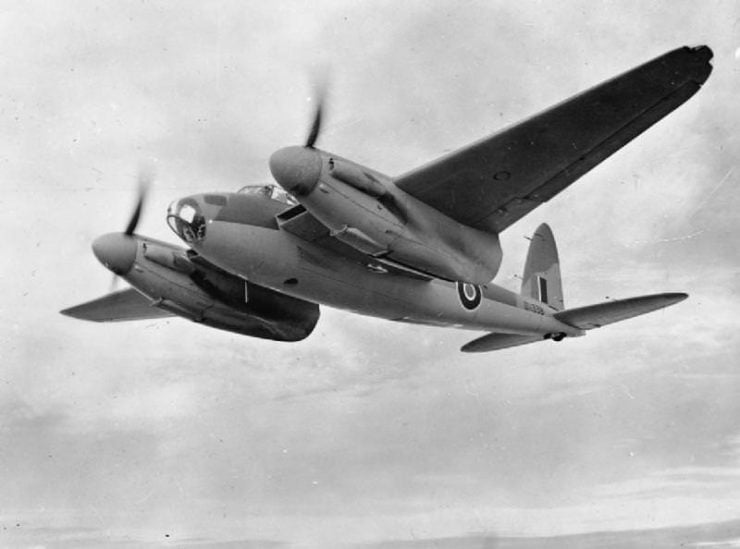

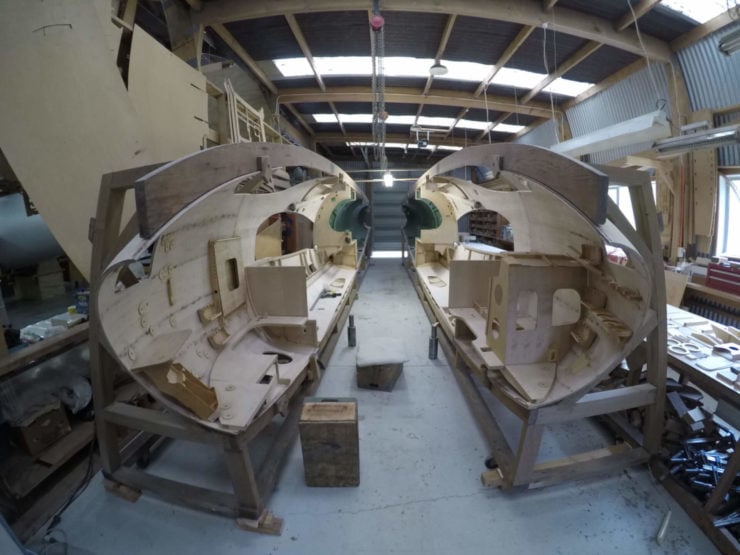
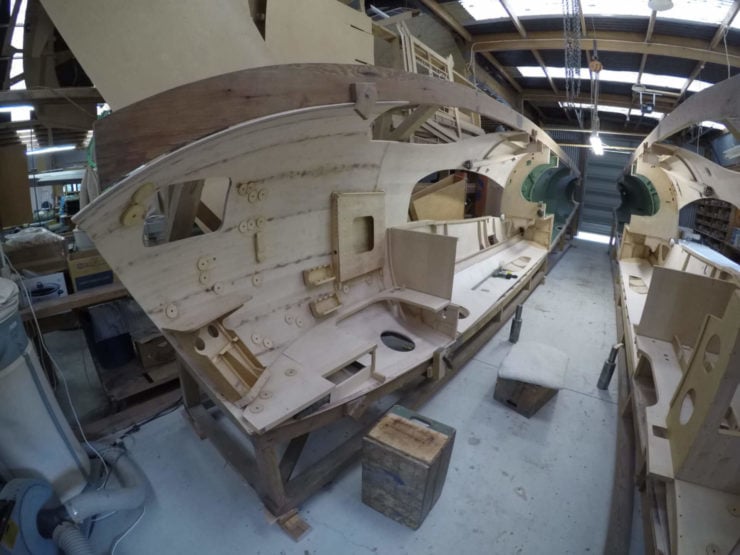
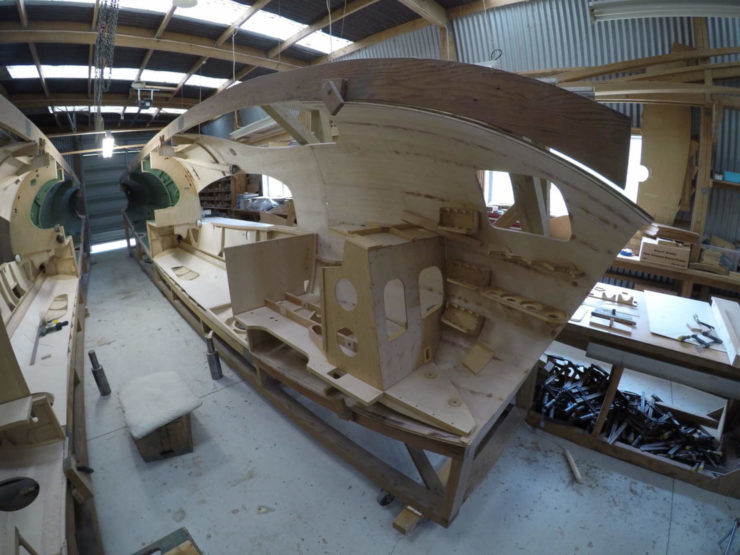
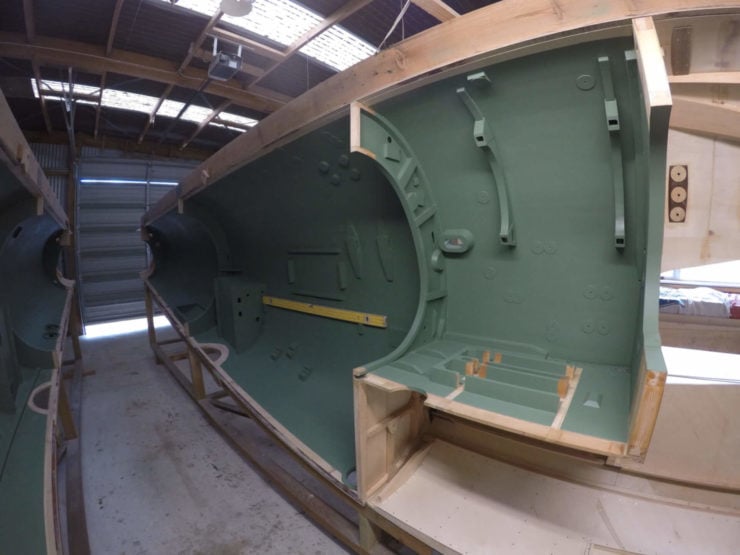
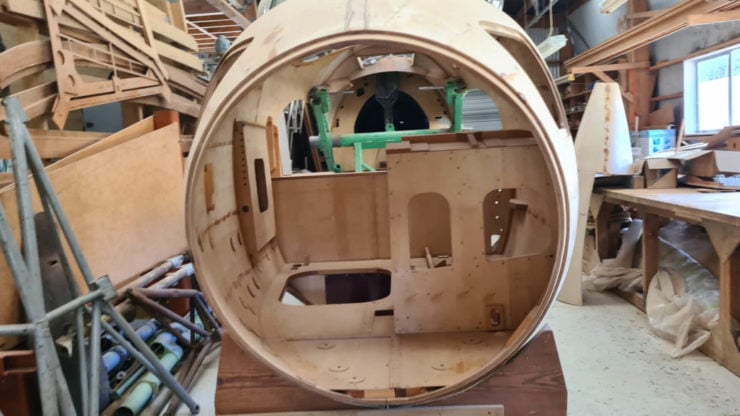
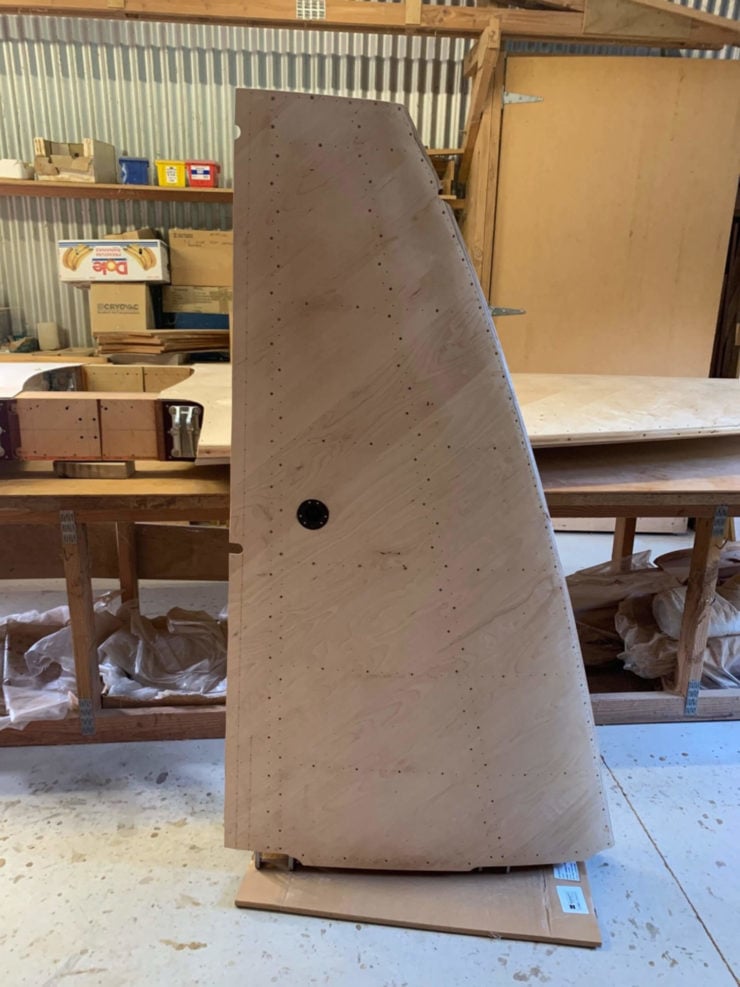
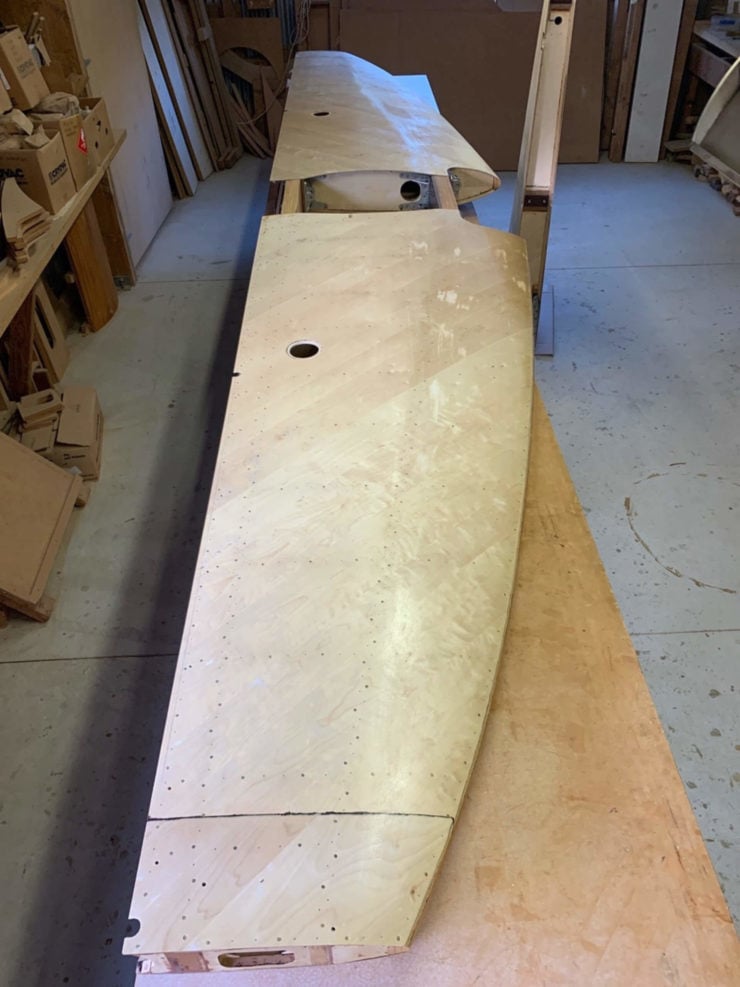
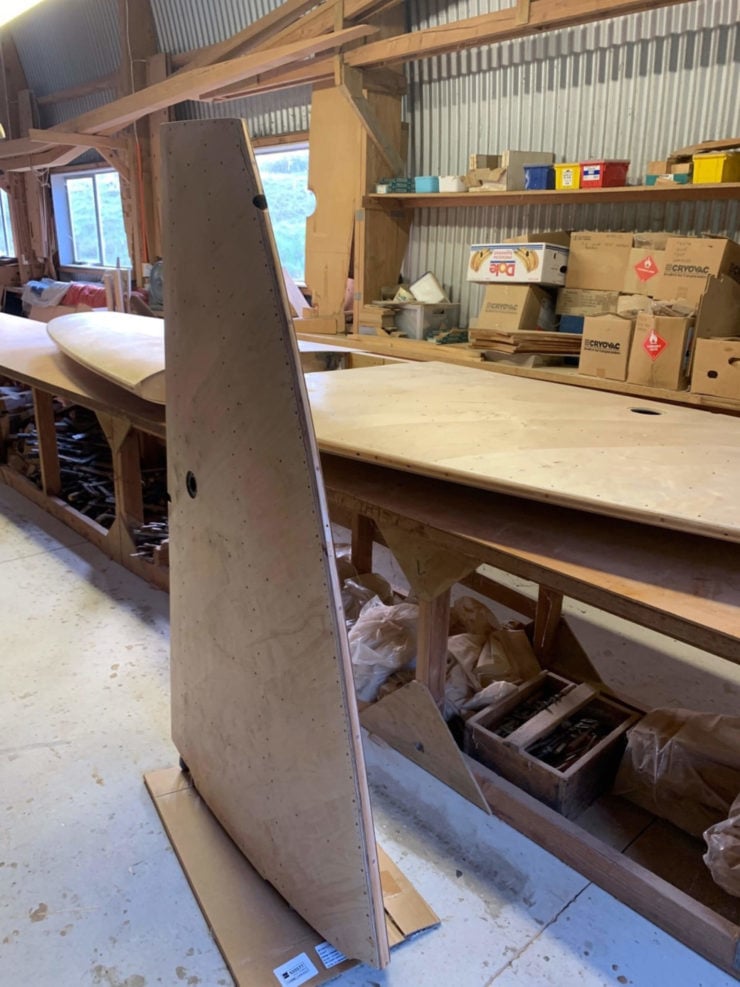
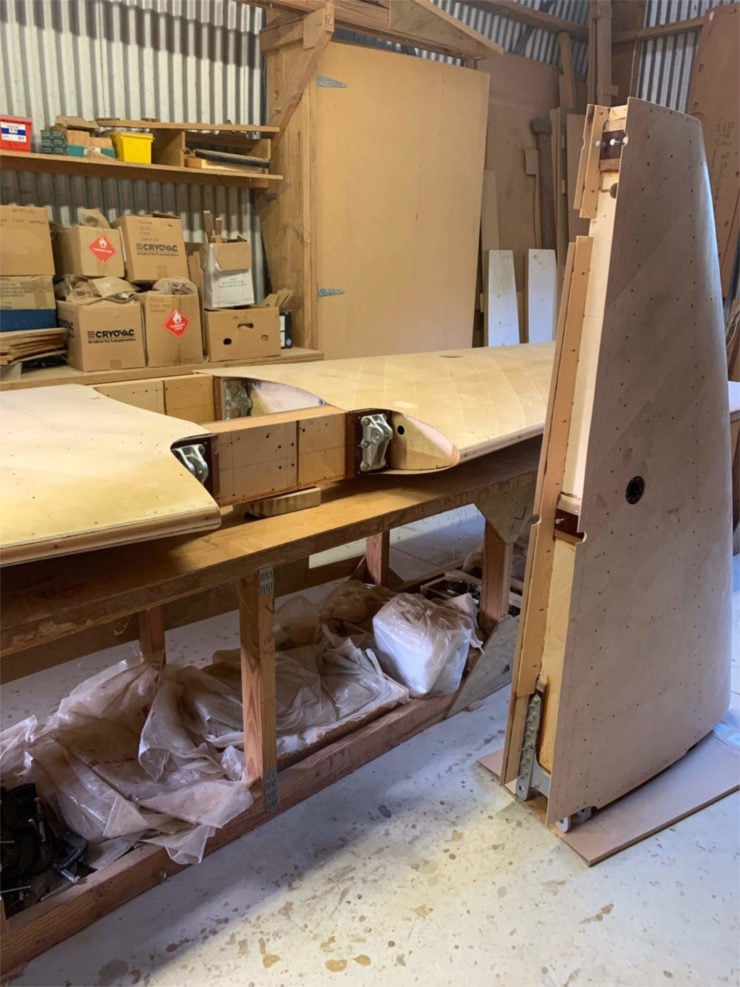
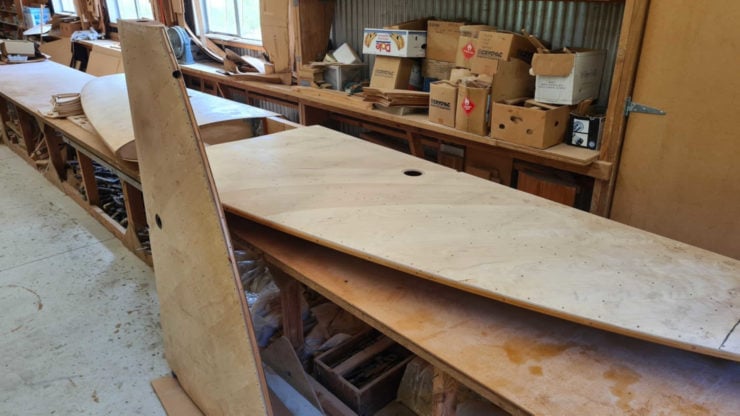
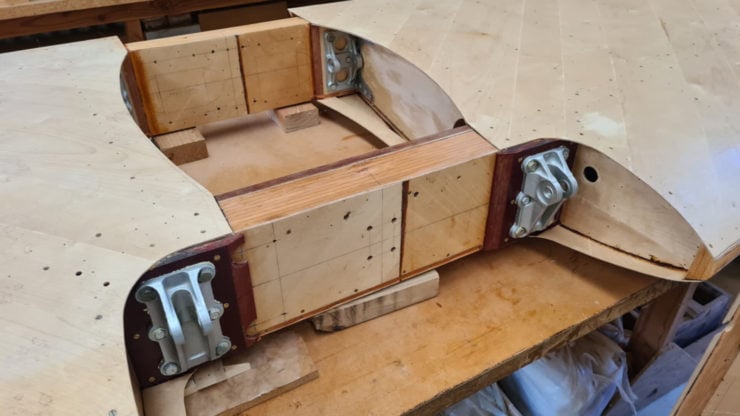
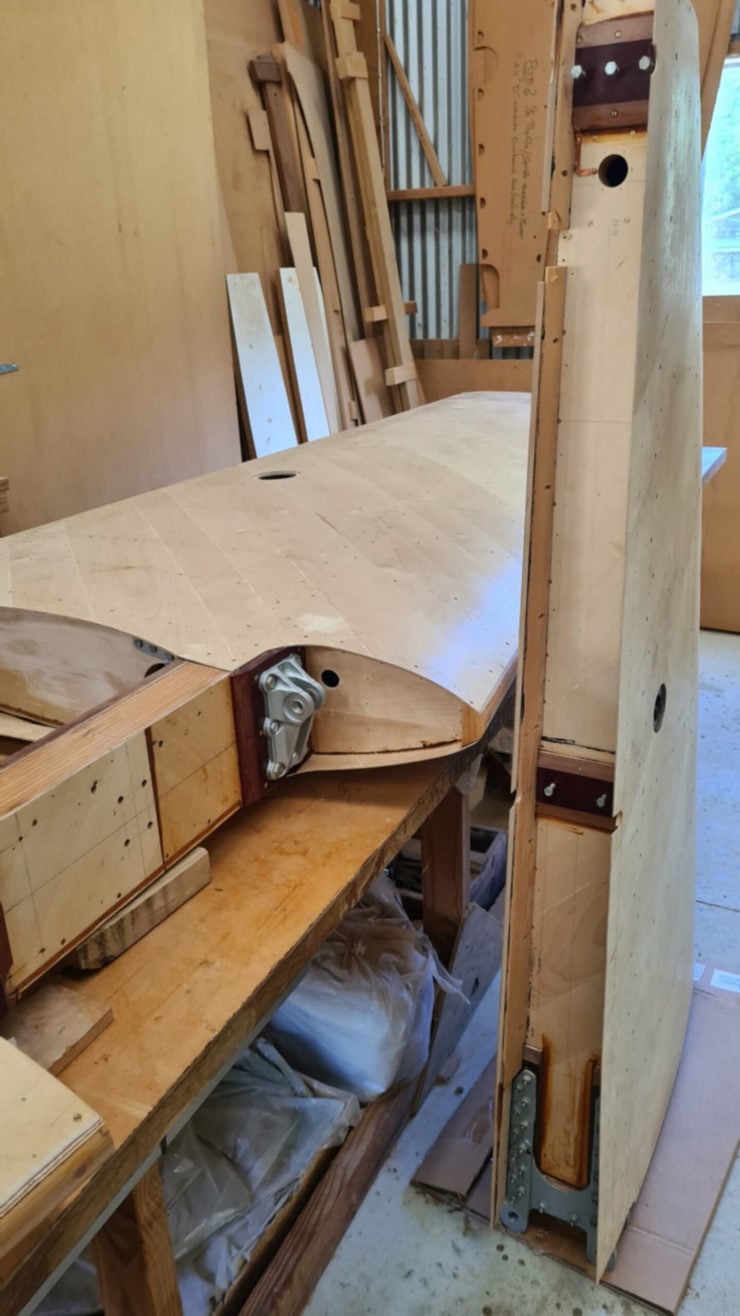
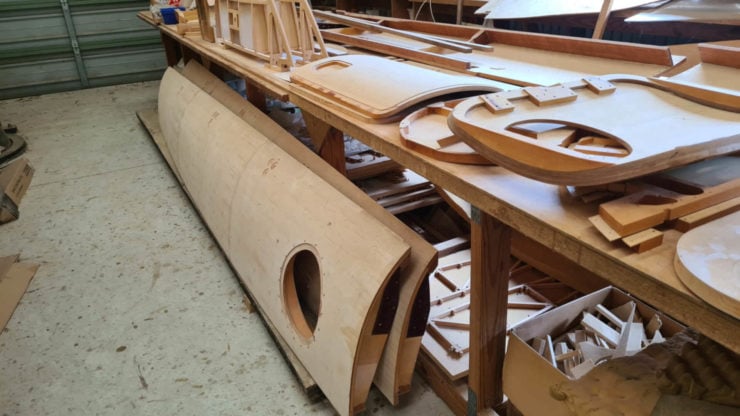
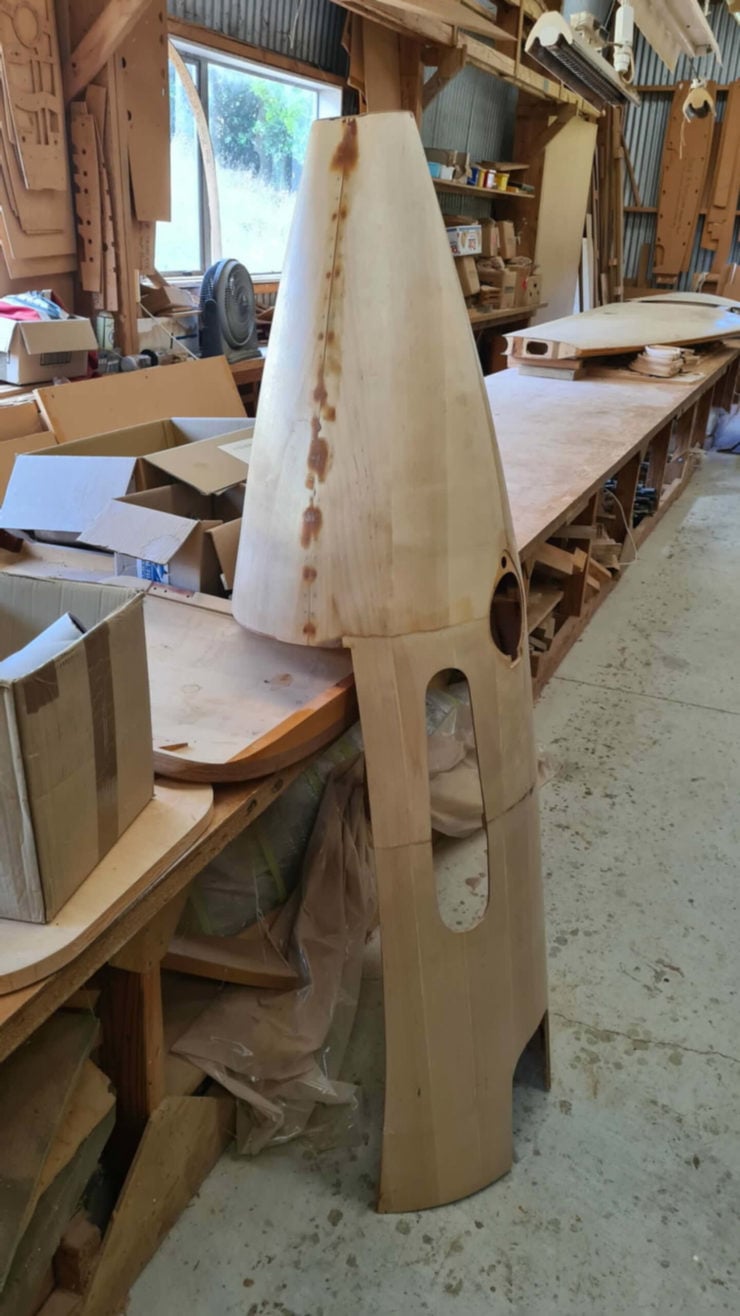
Images courtesy of Platinum Fighter Sales

